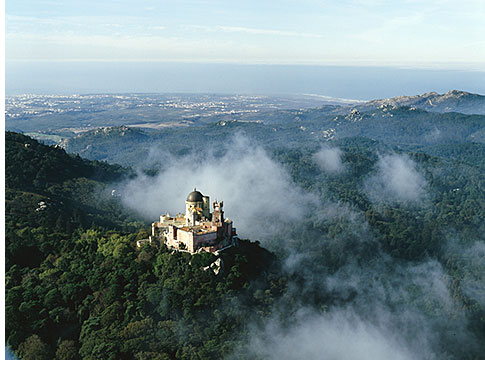         |
|
|
 There have been people inhabiting the Estoril region since the Neolithic period some 4000 years ago. Few artifacts from this era remain, and the first written histories of the area come from the time of the Roman Empire, whose presence here was greatest during the reign of Julius Caesar, who made Lisbon the western capital of the Roman Empire in 60BC. However, after the fall of the Rome, the Iberian Peninsula was overrun by a multitude of tribes, with the Moors finally capturing it in 711 AD. For the next 400 years, Muslims and Christians fought over the peninsula, with Christians gradually pushing the Moors southward. In 1147, Afonso Henriques permanently expelled them from the region, but Arab influences remained in Portuguese culture.
There have been people inhabiting the Estoril region since the Neolithic period some 4000 years ago. Few artifacts from this era remain, and the first written histories of the area come from the time of the Roman Empire, whose presence here was greatest during the reign of Julius Caesar, who made Lisbon the western capital of the Roman Empire in 60BC. However, after the fall of the Rome, the Iberian Peninsula was overrun by a multitude of tribes, with the Moors finally capturing it in 711 AD. For the next 400 years, Muslims and Christians fought over the peninsula, with Christians gradually pushing the Moors southward. In 1147, Afonso Henriques permanently expelled them from the region, but Arab influences remained in Portuguese culture.The Cascais region became a maritime center, with most of the local population focused on the fishing industry. The port here also became the springboard into Africa and the New World for Portuguese explorers during the 15th and 16th centuries, and consequently was one of the first cities in Europe to have a lighthouse. In 1560, the Duke of Alba from Spain took over Portugal and annexed it to Spanish territory, but the country regained its independence in 1640. Over the next few centuries, Estoril became a second home for the wealthy, which built summer villas in the hills nearby. In recent decades, Estoril has become a prime tourist destination, with visitor facilities open year-round. |